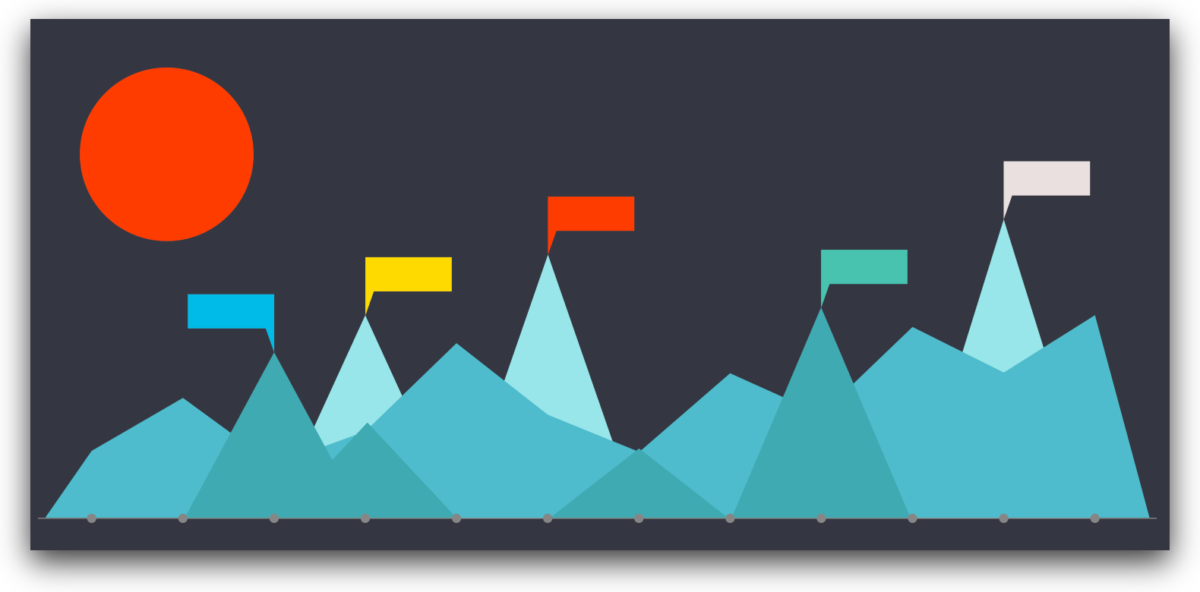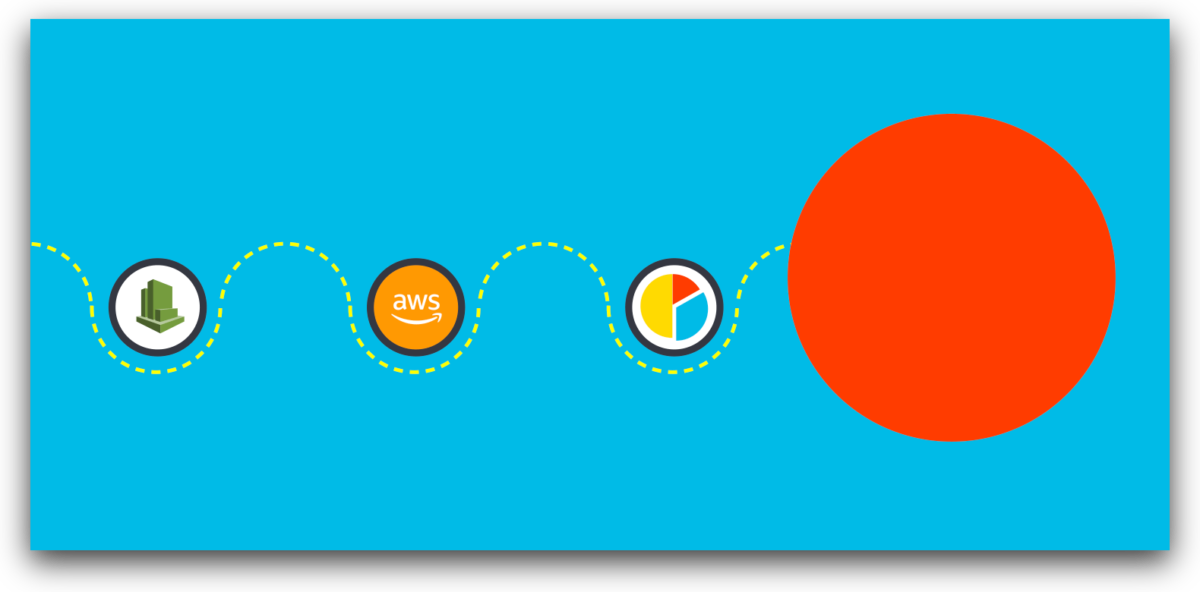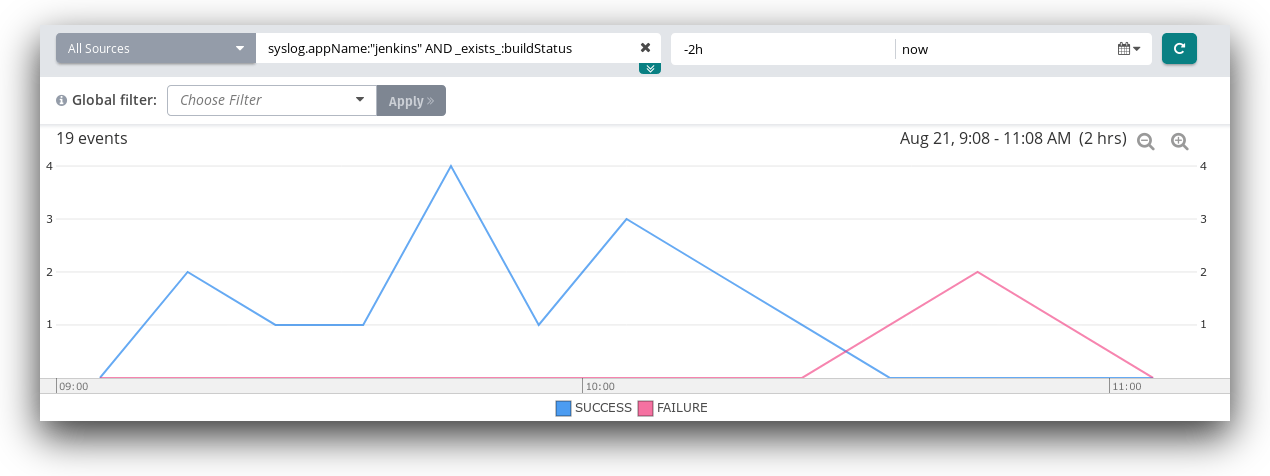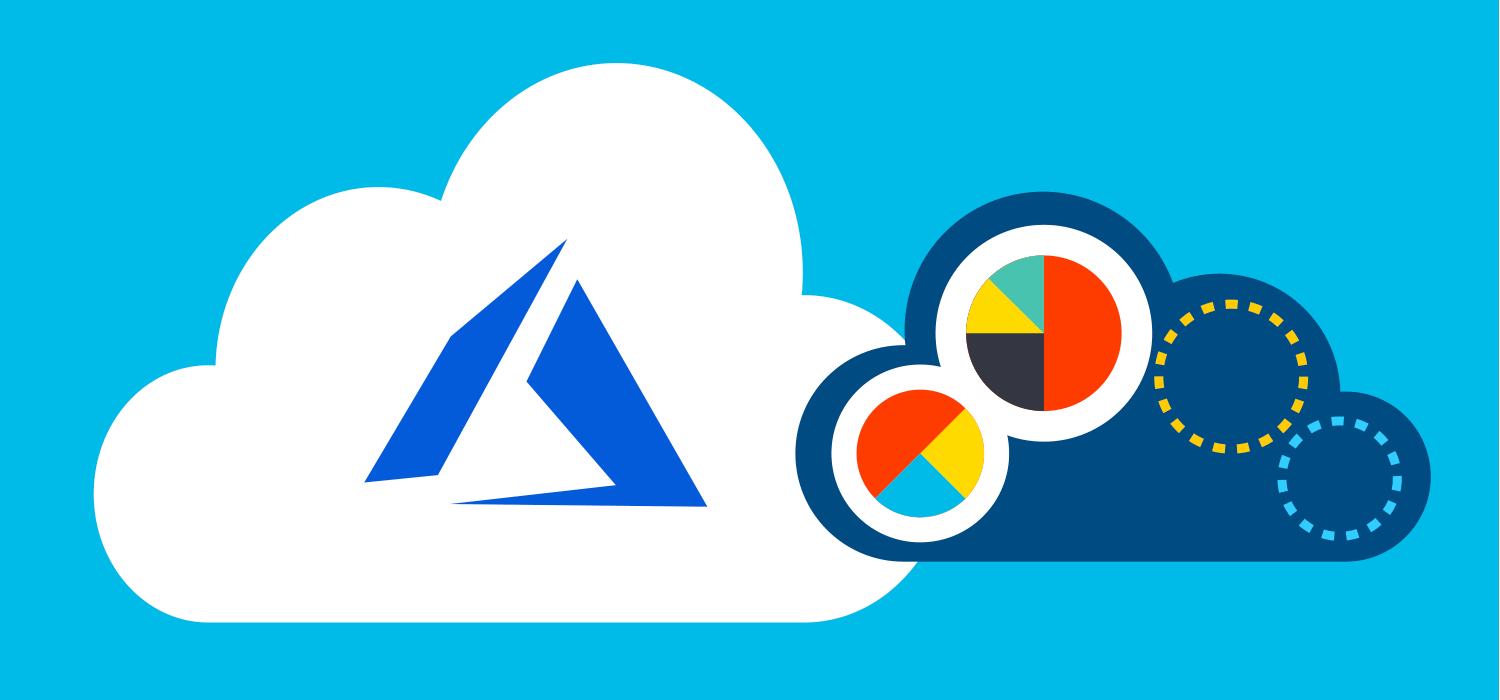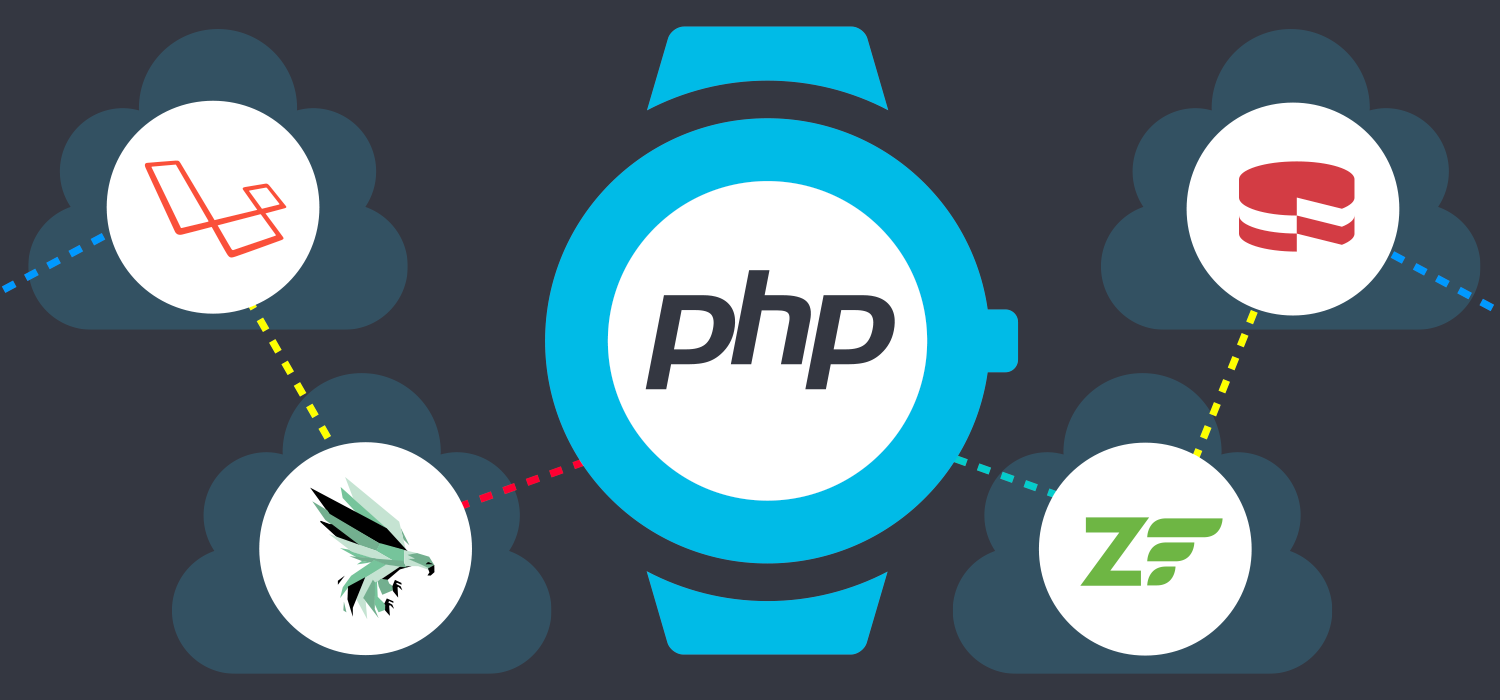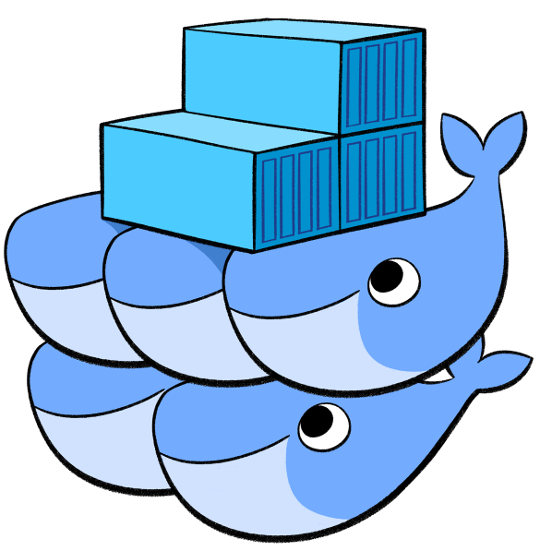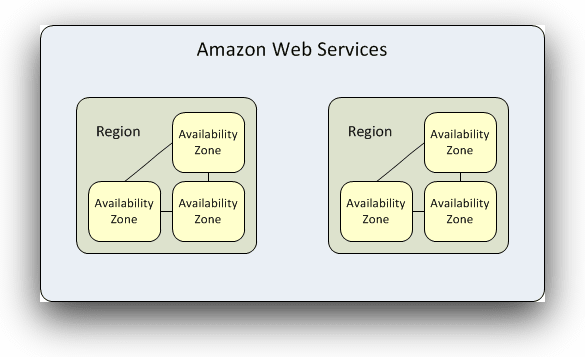Web Application Logging and Analytics Using SolarWinds Loggly
October 11, 2018
Application logs provide a great deal of insight, such as critical errors ruining user experiences and active security attacks requiring immediate SRE or DevOps attention. Without logs, you have no idea how users interact with your application or how well it’s running. One issue for DevOps professionals is how to properly implement a full logging solution. It’s not enough to have logs; you also need a way to manage and analyze those logs to monitor application activity and performance.


